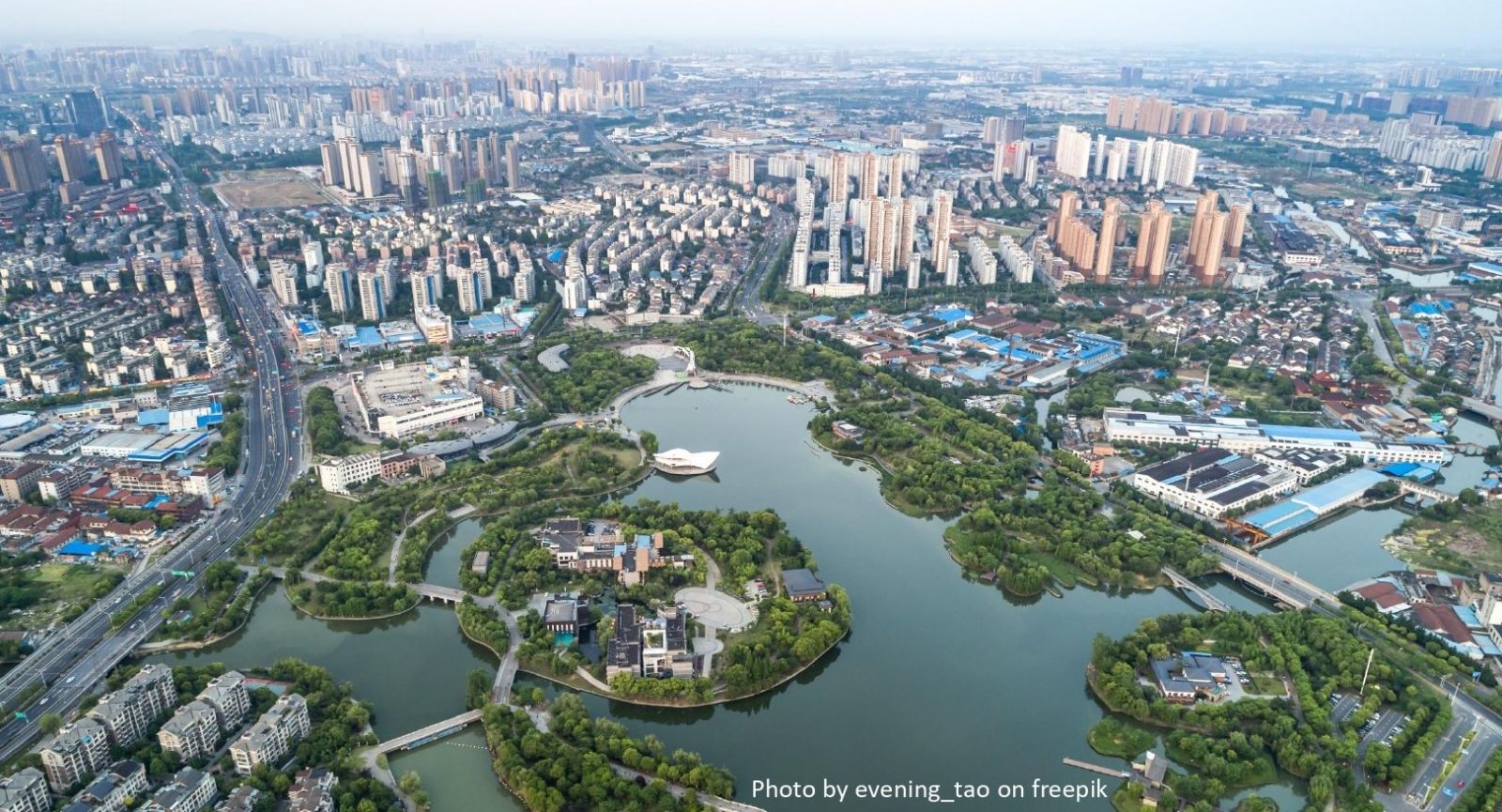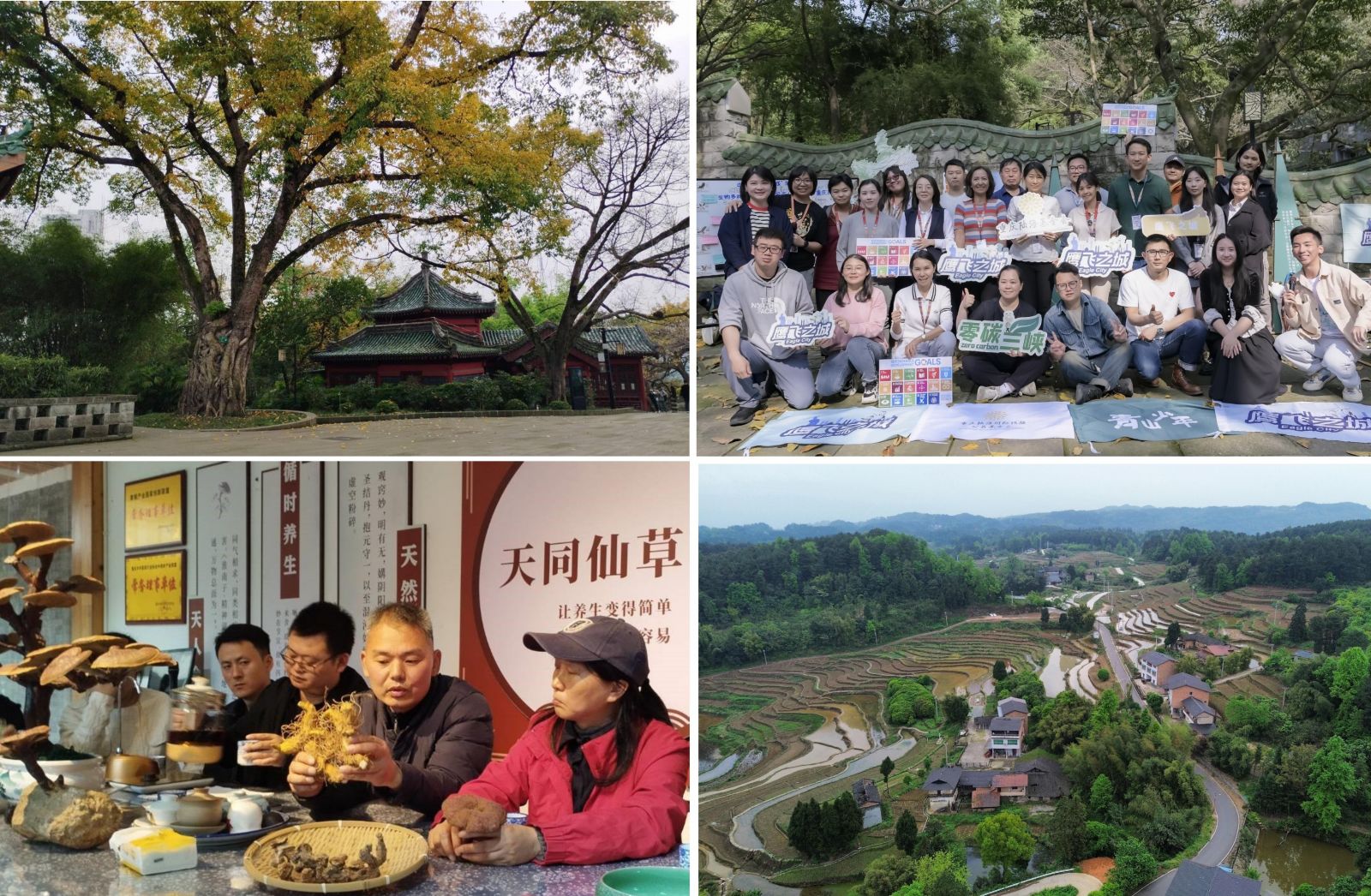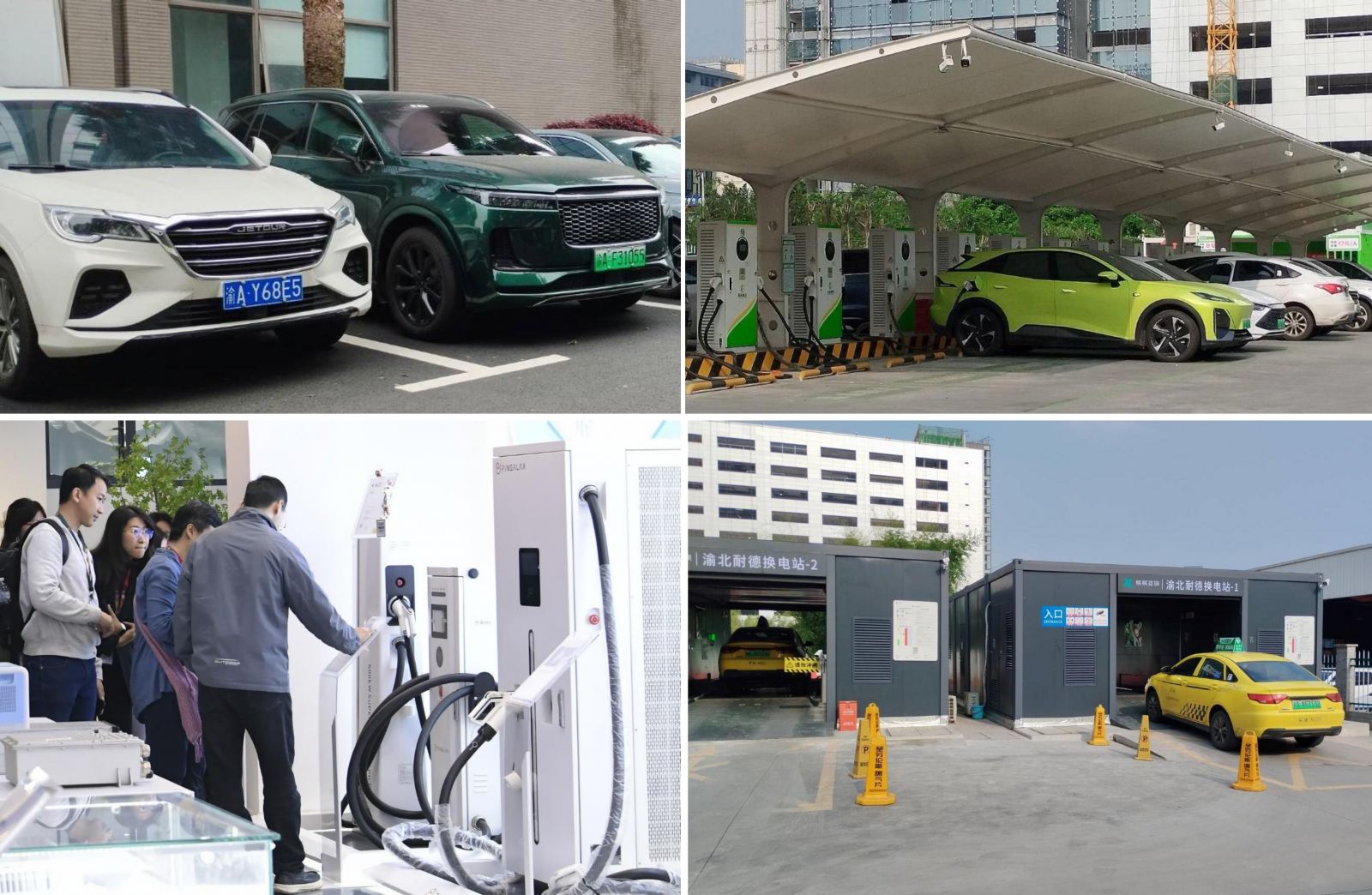
Chongqing, China's largest municipality, covers approximately 82,400 square kilometers, comparable in size to central Thailand, and with a population of over 32 million people. Despite its economic prominence in southwestern China, the city faced significant air pollution challenges a decade ago, stemming from industrial activities, coal burning, and biomass combustion.
Prompt government action, including the implementation of the "Blue Sky Defense Battle" and initiatives promoting clean energy, has since addressed these issues. Recently, Energy Associations in Chongqing organized meetings and site visits focused on urban development, providing valuable insights into the city's progress toward environmental sustainability.
.jpg)
Here are 10 insights into Chongqing's path towards environmental friendliness.
- Scenic Beauty: Chongqing showcases stunning landscapes, featuring expansive greenery and meticulously maintained green spaces that adorn its streets, starting from Jiangbei Airport and continuing throughout the city.
- Active Social Organizations: NGOs or social organizations in China, wield considerable influence in environmental conservation efforts. They increasingly partner with private enterprises and involve youth and communities in initiatives aimed at educating and preserving nature, exemplified by initiatives like nature education centers and Eagle conservation projects.
- Expanding Organic Farming Communities: Leveraging modern knowledge in agriculture, there's a push towards organic farming. This includes the development of herbal products, linking them with eco-tourism in rural areas, and generating local employment opportunities, with support from the government, as seen in Dashu Town.

- Dual-Colored License Plates: Clear differentiation between vehicle types is achieved through dual-colored license plates. Green plates denote electric vehicles (EVs), which constitute around 20% of the city's vehicles and are steadily increasing. Meanwhile, blue plates indicate vehicles powered by fossil fuels.
- EV Charging System Technology and Expanding Charging Stations: Efforts are being made to enhance the technology of EV charging systems and to expand battery charging stations for electric vehicles (EVs) throughout urban areas, although there are limitations in rural areas.
- Battery Swap Stations for EV Taxis: It takes less than 1 minute for EV taxis to swap batteries, a highly exciting development for the current era. (This is expected to expand further and become more common in the future.)

- Emerging Startups in the Clean Energy Sector, supported by Government: Some companies, established within the past 4-5 years, are experiencing rapid expansion with government support.
- Full-Service Offerings from Solar Equipment Manufacturers: These companies provide comprehensive services ranging from permit applications, installations, real-time monitoring systems, to solar panel cleaning. However, there is still a lack of responsibility in managing post-usage equipment disposal.
- Development of Various Energy Storage Systems: Energy storage systems are being developed for industrial, household, and off-grid applications, such as camping.
- Collaboration in Energy Research, Technology, and Innovation: Academic researchers drive private sector investment, such as at Chongqing University, where research focuses on clean energy and recycling materials, as well as energy from waste.

Chongqing City and the Chinese government are actively promoting clean energy to address air pollution and meet carbon neutrality targets by 2060. Progress in incentivizing private sector adjustments in the energy industry reflects their commitment. While Thailand aims to achieve carbon neutrality by 2030, ahead of China, our clean energy efforts are still limited. Private sector meetings in Chongqing underscore the crucial role of government policies and incentives in driving clean energy development.
While China has made significant strides in developing clean energy infrastructure, it still heavily relies on coal for over 50% of its energy and crude oil for nearly 20%. Despite efforts to transition to renewable sources, there has been an increase in overall energy consumption, particularly during this transitional period. This trend is evident in societal changes and increased tourism, leading to higher energy usage. Chinese researchers suggest that the government will continue to utilize fossil fuels to ensure electricity energy security.
In conclusion, Chongqing's journey towards environmental friendliness represents proactive measures in reducing air pollution and advancing sustainable development. By implementing government policies, embracing technological innovations, and promoting collaboration, the city is making significant progress in transitioning to clean energy and promoting green initiatives. While challenges persist, such as reliance on fossil fuels, Chongqing's efforts serve as inspiration for other cities worldwide. Continued investment in clean energy technologies can pave the way for a more sustainable future for all.
Compiled by: Benjamas Chotthong and Wilavan Noipa
Source: TEI

.jpg)




Share: